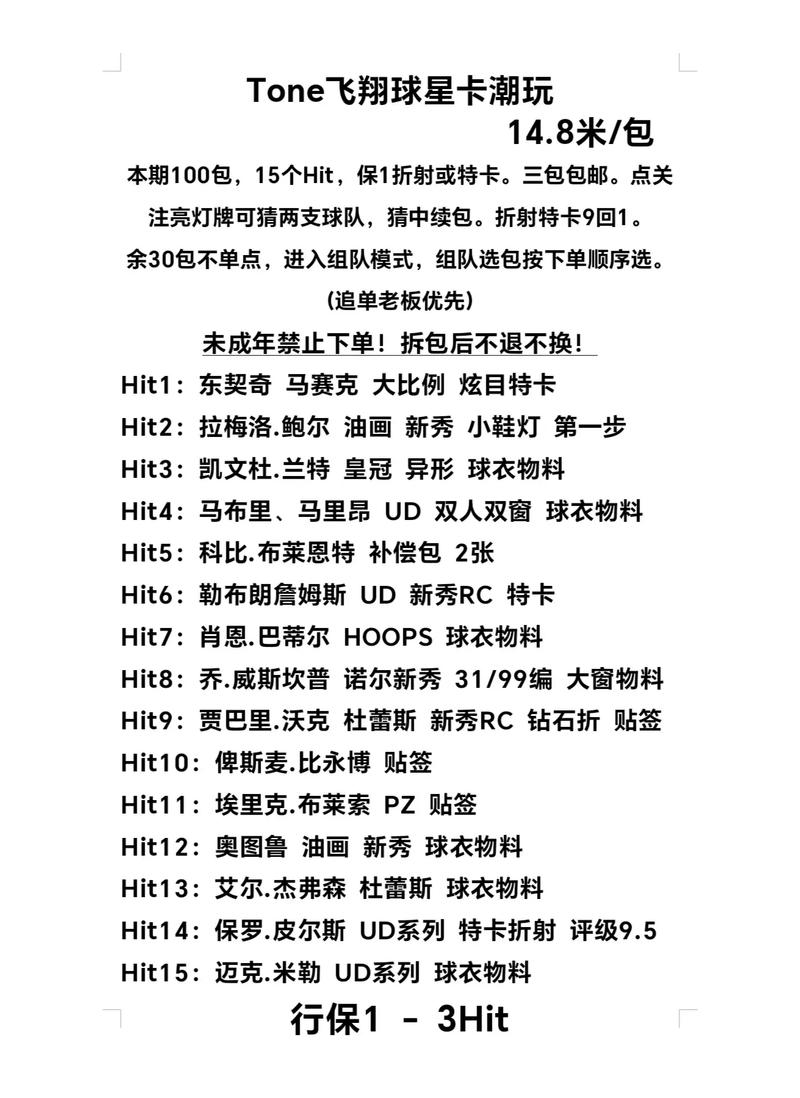12 Tone Music: A Comprehensive Guide
Have you ever wondered about the fascinating world of 12 tone music? This unique musical system, also known as the twelve-tone technique or serialism, has intrigued composers and musicians for decades. In this article, we will delve into the history, principles, and impact of 12 tone music, providing you with a detailed and insightful exploration of this intriguing musical genre.
History of 12 Tone Music
The concept of 12 tone music originated in the early 20th century, primarily in Austria and Germany. Arnold Schoenberg, an influential composer and music theorist, is credited with developing this technique. In 1923, he published his book “The Theory of Harmony,” which outlined the principles of 12 tone music.

Schoenberg’s inspiration for this system came from the desire to eliminate the traditional tonal center and create a more objective and systematic approach to composition. He believed that by using all 12 notes of the chromatic scale in a specific order, composers could achieve a balance and unity in their music.
Principles of 12 Tone Music
The 12 tone technique is based on the idea of serialism, which involves organizing musical elements such as pitch, duration, dynamics, and tempo in a specific order. Here are some key principles of 12 tone music:
-
Serial Order: The 12 notes of the chromatic scale are arranged in a specific order, known as a series. This series can be transposed, inverted, and retrograde to create various versions of the original series.
-
Transposition: Composers can transpose the series to different keys, allowing for a wide range of harmonies and melodies.

-
Inversion: The series can be inverted, which means reversing the order of the notes while maintaining their intervals. This creates a mirror image of the original series.
-
Retrograde: The series can be played backward, which means reversing the order of the notes while maintaining their intervals. This creates a palindrome-like effect.
Impact of 12 Tone Music
The 12 tone technique has had a significant impact on the world of music. Here are some of the key contributions of this musical genre:
-
Composers: Many composers have embraced the 12 tone technique, including Alban Berg, Anton Webern, and B茅la Bart贸k. Their works have influenced the development of modern music and have been performed by orchestras and ensembles worldwide.
-
Theater and Film: The 12 tone technique has been used in theater and film compositions, adding a unique and innovative sound to these art forms.
-
Education: The principles of 12 tone music have been incorporated into music education curricula, helping students understand the complexities of modern music theory.
Examples of 12 Tone Music
Here are some notable examples of 12 tone music compositions:
| Composer | Title | Year |
|---|---|---|
| Arnold Schoenberg | Pierrot Lunaire | 1912 |
| Alban Berg | Lulu | 1935 |
| Anton Webern | Op. 21 | 1923 |
| B茅la Bart贸k | String Quartet No. 4 | 1935 |
Conclusion
12 tone music is a fascinating and complex musical genre that has left an indelible mark on the world of music. By exploring its history, principles, and impact, we can appreciate the beauty and innovation of this unique musical technique. Whether you are a composer, musician, or simply a music enthusiast, 12 tone music offers a rich and rewarding experience.




